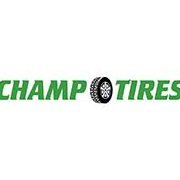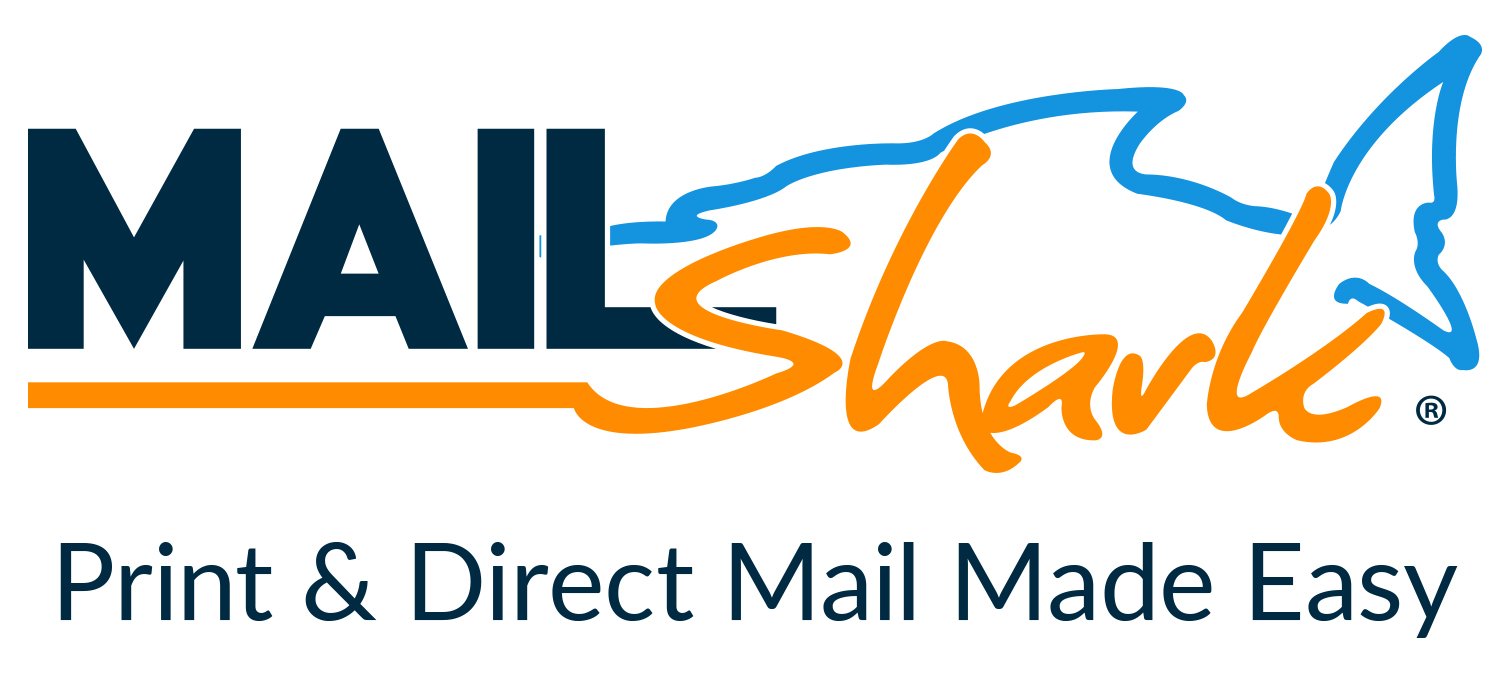I recently spoke with a friend of mine who owns a large general repair shop in the Midwest. His father founded the business in 1975. He was telling me that although he’s busy, he’s also very frustrated. When I probed him more about his frustrations, he said that it’s hard to find qualified technicians. My friend employs four technicians and is looking to hire two more. I then asked him, “How long does a technician last working for you.” He looked puzzled and replied, “I never really thought about that, but I can tell that except for one tech, most technicians don’t last working for me longer than a few years.”
Judging from personal experience as a shop owner and from what I know about the auto repair industry, I can tell you that other than a few exceptions, the turnover rate for technicians in our industry is too high. This makes me think, do we have a technician shortage or a retention problem? Have we done the best we can over the decades to provide great pay plans, benefits packages, great work environments, and the right culture to ensure that the techs we have stay with us?
Finding and hiring qualified automotive technicians is not a new phenomenon. This problem has been around for as long as I can remember. While we do need to attract people to our industry and provide the necessary training and mentorship, we also need to focus on retention. Having a revolving door and needing to hire techs every few years or so costs your company money. Big money! And that revolving door may be a sign of an even bigger issue: poor leadership, and poor employee management skills.
Here’s one more thing to consider, for the most part, technicians don’t leave one job to start a new career, they leave one shop as a technician to become a technician at another shop. The reasons why they leave can be debated, but there is one fact that we cannot deny, people don’t quit the company they work for, they usually leave because of the boss or manager they work for.
Put yourselves in the shoes of your employees. Do you have a workplace that communicates, “We appreciate you and want you to stay!”
 1
1

.thumb.jpg.2b345efc275b9df0af2bbb306a10a78a.jpg)



















Recommended Posts
bstewart
Unfortunately, a fair price is whatever people are willing to pay for an item, regardless if the markup is 10%, 100% or 1000%.
I'm from Canada, and routinely our prices on just about everything are higher then in the US. Most of the time much higher.
For the past couple years, our dollar was at par with the US dollar, but our prices on everything were still usually 10-20+% higher.
That same belt would probably be $45-50 here, even though the retailer's cost was probably $5-10 in both countries, with something like a 500-1000% markup.
Why you ask? Because it's the prices we are willing to pay. Plain and simple. Not enough Canadians travel south on shopping sprees, or to buy new cars etc. We don't let our money do the talking.
Now back to an auto service point of view.
Unfortunately, our average consumer has been told countless times by discount parts stores that our prices are too high.
Therefore, through perception alone, they feel that they are getting screwed, regardless of whether they are or not.
Our industry doesn't help our cause, with lots of "rat hole" shops not marking up parts correctly.
I'm not really sure what can be done to break consumers of this mindset, or whether we should be taking an "if you can't beat em, join em" attitude.
I outlined my theory in the following thread: http://www.autoshopowner.com/topic/9381-labour-margin-vs-parts-margin/
Perhaps good shops should be looking at increasing their labour margins, and reducing their parts margins, to reduce our dependence on making lots of money from parts sales.
My theory will also have the added benefit in the future, as vehicles get better and require less parts to maintain, we will become more profitable because more and more jobs will be labour intensive, rather then parts intensive.
Our industry is changing from us being "parts changers" to us being "vehicle technical experts" where we diagnose and fix problems, often times with little to no additional parts sales (think reflashes, diagnostic etc).
Maybe we need to change our pricing structure to reflect this fact, and stop depending on parts margins to keep us afloat?
Link to comment
Share on other sites
Joe Marconi
Premium Member Content
This content is hidden to guests, one of the benefits of a paid membership. Please login or register to view this content.
Link to comment
Share on other sites